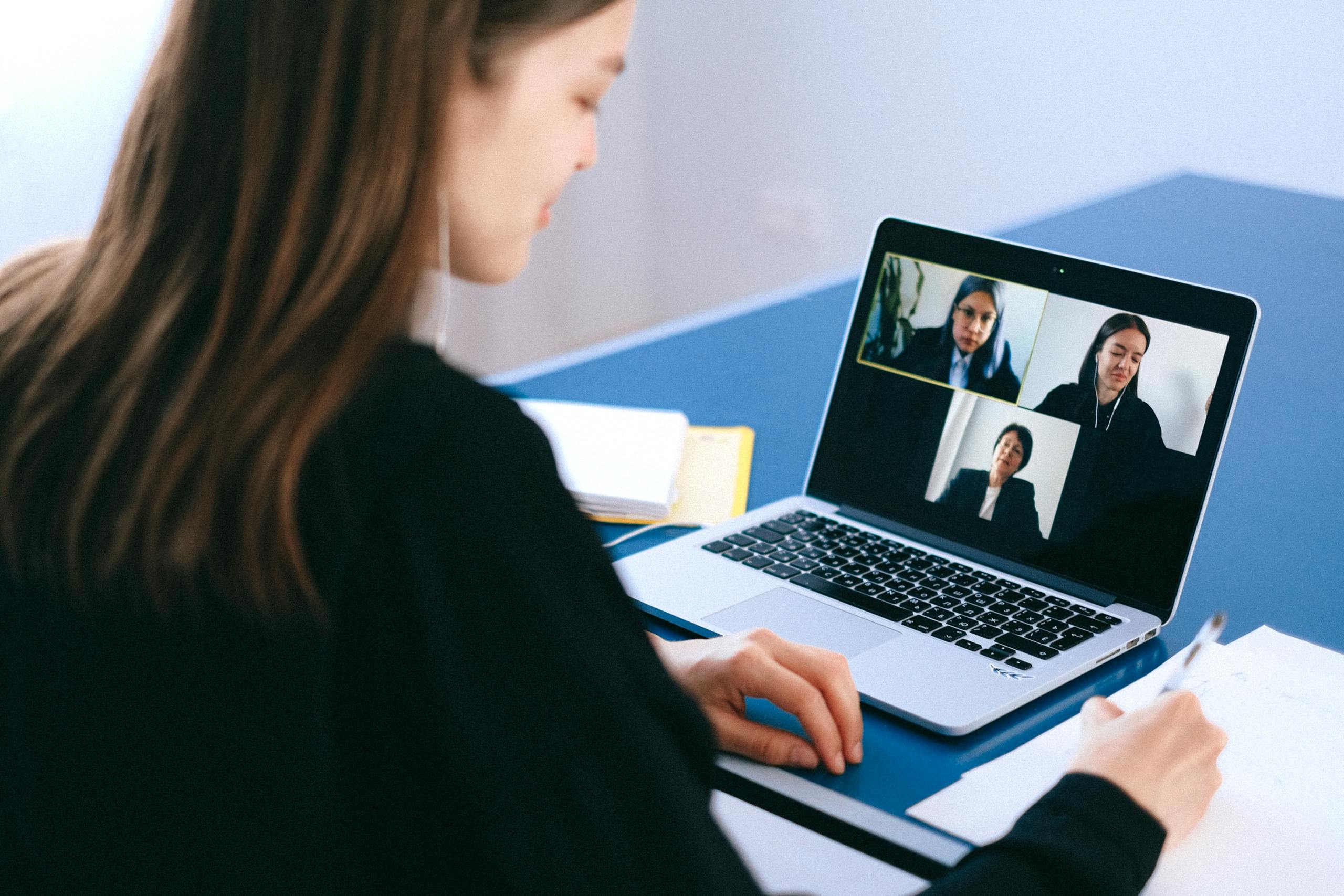Swag, or promotional products, play a crucial role in marketing by boosting brand awareness and creating positive impressions. Setting a budget for swag is essential to ensure that these items generate a high return on investment without overspending.
Determine the intended impact of the swag on your audience and align your budget accordingly.
Consider the per-unit cost of each item and how closely it fits within your overall marketing budget. High-quality but cost-effective items can maximize your reach while keeping expenses manageable.
For example, using an inventory system to track demand and efficiency can help you meet your goals without straining resources.
In addition to costs, think about the sustainability and design of the swag. Opt for items that reflect your brand’s values and appeal to your target audience. Researching sustainable options, like those explored in the UBC sustainable swag study, can enhance your brand’s image and appeal.
Understanding Swag Budgeting

Setting a swag budget is essential to ensuring funds are used effectively in marketing campaigns. This involves clearly defining the budget, recognizing the role of swag in marketing, and setting specific goals.
Defining a Swag Budget
A swag budget is a portion of the marketing budget allocated for promotional items. These items can include branded merchandise such as pens, mugs, and T-shirts. The budget should consider factors like the cost per item, the number of items, and logistics.
Key Components of a Swag Budget:
- Item Costs: Includes production and customization fees.
- Quantity: The number of items needed.
- Distribution: Shipping and handling expenses.
Example:
| Item | Cost | Quantity | Total |
|---|---|---|---|
| T-shirts | $5 each | 200 | $1,000 |
| Pens | $0.50 | 1,000 | $500 |
Swag budgets help track expenses and ensure marketing funds are used wisely.
The Role of Swag in Marketing Campaigns
Swag has a meaningful place in marketing campaigns. It helps in brand recognition, customer loyalty, and outreach. When customers receive high-quality swag, they are more likely to remember the brand.
Key Roles of Swag:
- Brand Awareness: Increases visibility and recall.
- Customer Engagement: Keeps the brand top-of-mind.
- Event Promotion: Effective at trade shows and events.
Using swag strategically can enhance the impact of marketing efforts. Quality items foster a positive brand image and encourage customer retention.
Setting Marketing Goals
Setting clear marketing goals is pivotal to define the swag budget. Goals should be specific, measurable, achievable, relevant, and time-bound (SMART). Whether it’s to increase brand awareness or drive sales, goals guide the allocation of the swag budget.
Steps to Setting Goals:
- Identify Objectives: What does the campaign aim to achieve?
- Set Metrics: Determine how success will be measured.
- Allocate Budget: Assign funds to match the importance of each goal.
Example of SMART Goals:
- Increase website traffic by 20% in six months through swag promotions.
- Boost event attendance by 50% with branded giveaways.
Strategic Planning for Swag Investments

Effective swag planning involves aligning swag with brand messaging and assessing its impact on brand visibility. This ensures the investment supports overall strategy and maximizes its value.
Aligning Swag with Brand Messaging
Aligning swag with brand messaging is crucial. Swag items should reflect the company’s values and consistently echo the brand’s voice. Start by identifying key elements of the brand message. This includes tone, color schemes, and logo usage.
Involve marketing teams in selecting swag items. Choose products that resonate with the target audience. For instance, eco-friendly products work well for environmentally conscious brands.
Quality matters. Well-made items show a commitment to excellence and can elevate the brand in the eyes of recipients. Avoid low-quality products that might degrade the brand image.
Assessing the Impact on Brand Visibility
Evaluate how swag affects brand visibility through careful planning. Metrics to consider include distribution reach and audience engagement. Use events and campaigns to track effectiveness.
Survey recipients to gauge their perception. This feedback is valuable for refining future investments. Additionally, analyze social media mentions and user-generated content related to the swag.
Collaborate with influencers and partners to widen the reach. This can enhance brand visibility and attract new audiences. Regularly review results to adjust strategies accordingly.
Selecting the Right Swag

Choosing the right promotional items can make a significant difference in engaging clients and vendors. The best promotional products should align with your budget while fostering a positive image of your brand.
Determining the Best Promotional Products
When selecting promotional items, consider products that are both useful and memorable. Items like water bottles, tote bags, and USB drives often stay with recipients for a while, creating lasting impressions. Quality matters, so avoid cheap items that could reflect poorly on your brand.
Research is key. Look at what has worked well in the past or what competitors are using. If sustainability is a concern, choose eco-friendly options like reusable straws or bamboo utensils, as discussed in the investigation into UBC sustainable swag. Always align the selections with your brand’s values and the preferences of your target audience.
Prospects and Client Engagement
Targeting the right audience with the right swag is crucial. Understand who your prospects and clients are and what they value. For younger, tech-savvy audiences, consider tech accessories like phone stands or earbuds. For professionals, branded notebooks or desk organizers can be effective.
Engagement is enhanced when promotional products are personalized. Adding individual names or custom messages can make recipients feel special and valued. This approach can be particularly impactful in building relationships with key clients and vendors. Also, using a purchasing plan for library promotional swag can help streamline the selection and ensure consistency in your branding efforts.
Financial Considerations for Swag Procurement

Buying swag requires careful planning to make the best use of a budget. Companies must analyze options for bulk orders, handle shipping costs, and manage the promotional products budget effectively.
Volume Discounts and Bulk Pricing
Ordering in bulk can lead to significant savings. Suppliers often provide price breaks for larger quantities. For instance, buying 1,000 units might cost less per item than ordering 100 units. This strategy helps in managing costs and ensuring there’s enough inventory for future events. It’s wise to compare different suppliers and their pricing tiers to find the best deals.
Managing Shipping and Fulfillment Fees
Shipping and fulfillment fees can quickly add up. To keep costs in check, consider suppliers with competitive shipping rates or free shipping offers. Some companies offer fulfillment services that bundle items together, saving on individual shipping costs. Always factor these fees into the budget to avoid unexpected expenses.
Leveraging the Promotional Products Budget
Creating a detailed promotional products budget is essential. Allocate funds based on the anticipated needs and potential events. Monitor spending and adjust as needed to stay within budget limits. This can involve negotiating with suppliers for better rates or finding cost-effective alternatives without sacrificing quality. High-quality products that align with the brand can maximize the impact without overspending.
Operational Execution of Swag Distribution
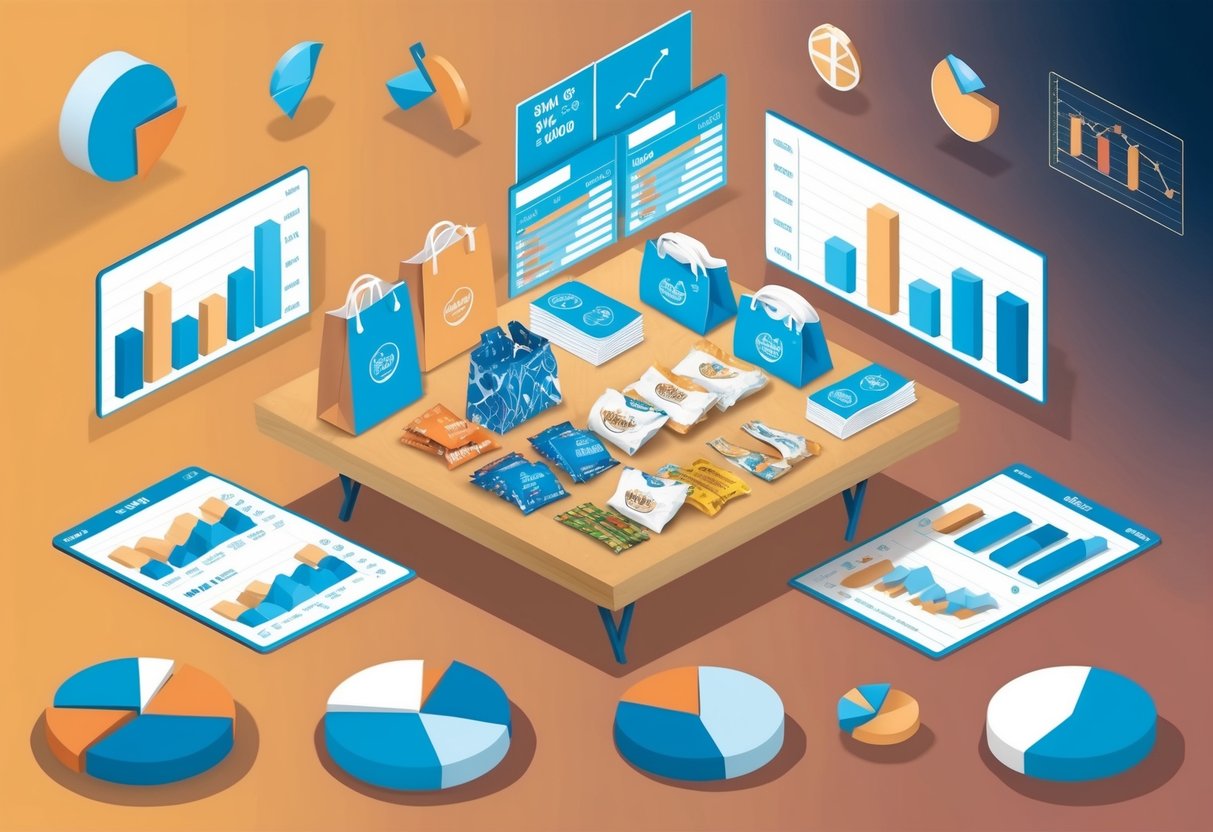
Effective swag distribution involves several key steps including warehousing, logistics, working with reliable vendors, and ensuring proper fulfillment. These elements help create a smooth process for managing and distributing promotional items.
Warehousing and Logistics
Proper warehousing is vital to storing swag items securely and efficiently. It’s important to have a system in place for tracking inventory. Technologies like RFID tags or barcode systems can streamline this process.
Logistics involves planning how items move from the warehouse to their final destination. Choosing a logistics partner with a strong track record ensures timely and safe deliveries. Focus on solutions that offer real-time tracking to keep an eye on shipments. This also helps in managing any issues that might arise during transit.
Working with Reliable Vendors
Selecting reliable vendors is crucial for high-quality swag items. Vendor reliability can be assessed by checking reviews and asking for samples. It’s also important to discuss terms regarding order quantities, lead times, and return policies.
Look for vendors who have transparent pricing and no hidden fees. A reliable vendor will also offer customization options for branding purposes. Building a relationship with vendors can lead to better deals and reliable service.
Swag Distribution and Fulfillment
Swag distribution can be handled internally or outsourced to a fulfillment center. For larger operations, using a fulfillment center can simplify the process. These centers handle storage, packing, and shipping of items.
When choosing a fulfillment partner, consider their scalability and ability to handle peak times like holidays. Clear communication channels must be established for tracking orders and addressing issues quickly. Quality checks should be part of the fulfillment process to ensure items arrive in perfect condition.
Different distribution methods include direct mail, event giveaways, or employee rewards. Each method requires a tailored approach for effective execution. Keeping detailed records helps in evaluating the success of distribution campaigns.
Maximizing Swag ROI
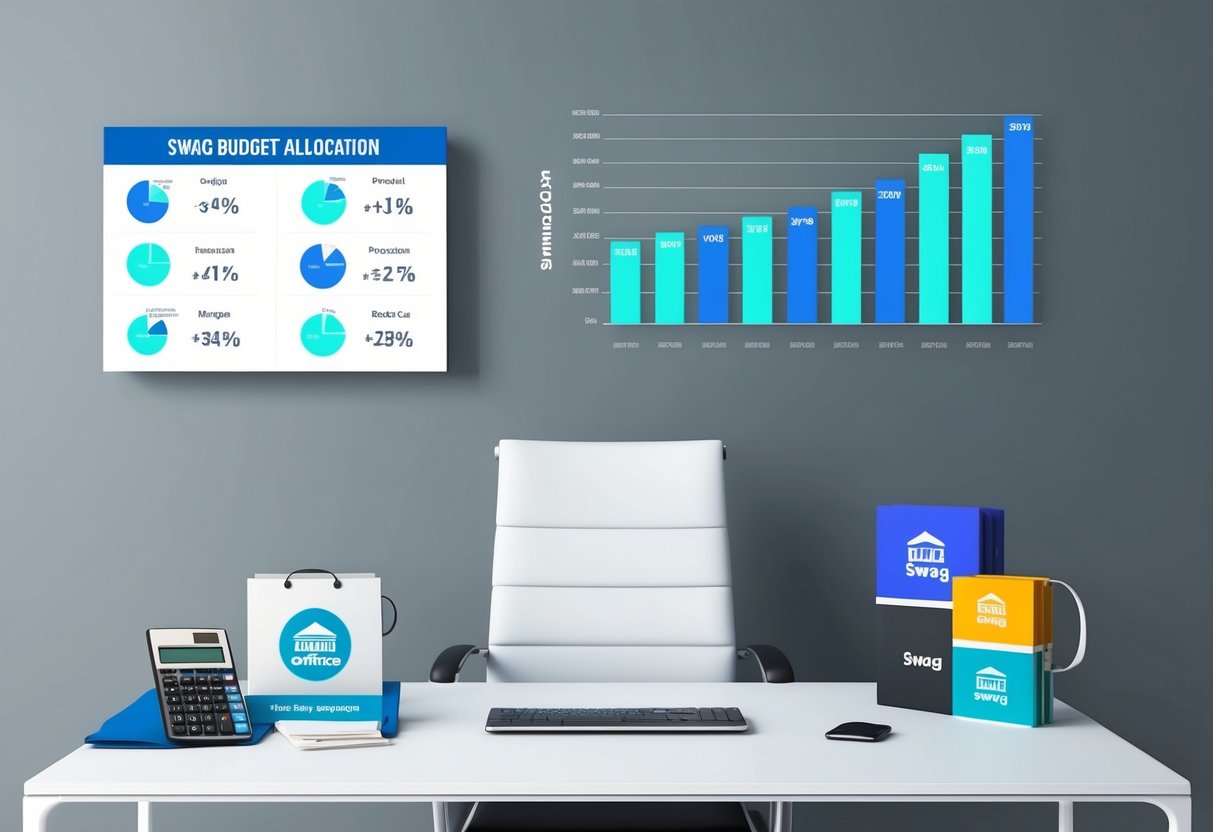
To maximize the return on investment (ROI) for swag, it’s important to focus on measurable outcomes and consider the impact on both customers and employees. This involves assessing the value of swag in terms of customer retention and employee appreciation.
Assessing Return on Investment
Assessing the return on investment (ROI) involves calculating the costs and benefits of swag. It’s essential to track how swag influences customer behavior, such as increased purchasing or brand loyalty.
Companies often use metrics like:
- Sales Numbers: Compare sales before and after distributing swag.
- Customer Feedback: Collect feedback on the swag to understand its value and impact.
- Repeat Business: Monitor the rate at which swag recipients continue to do business with the company.
Using these methods, businesses can determine if the cost of swag is justified by the increased revenue or enhanced brand recognition. Marketing ROI can be a useful guide in this process.
Employee and Customer Retention
Swag can play a vital role in both customer retention and employee appreciation.
For customers, items that are useful and of high quality often result in positive feelings towards the brand. This might mean branded tech gadgets or high-quality apparel that they will use regularly.
For employees, swag can boost morale and create a sense of belonging. Items like company-branded clothing or office supplies can help employees feel appreciated and valued.
This can increase retention and enhance their commitment to the company.
Monitoring both qualitative and quantitative feedback from customers and employees can provide insights into whether the swag is achieving its intended goals.
Swag for Special Initiatives and Events
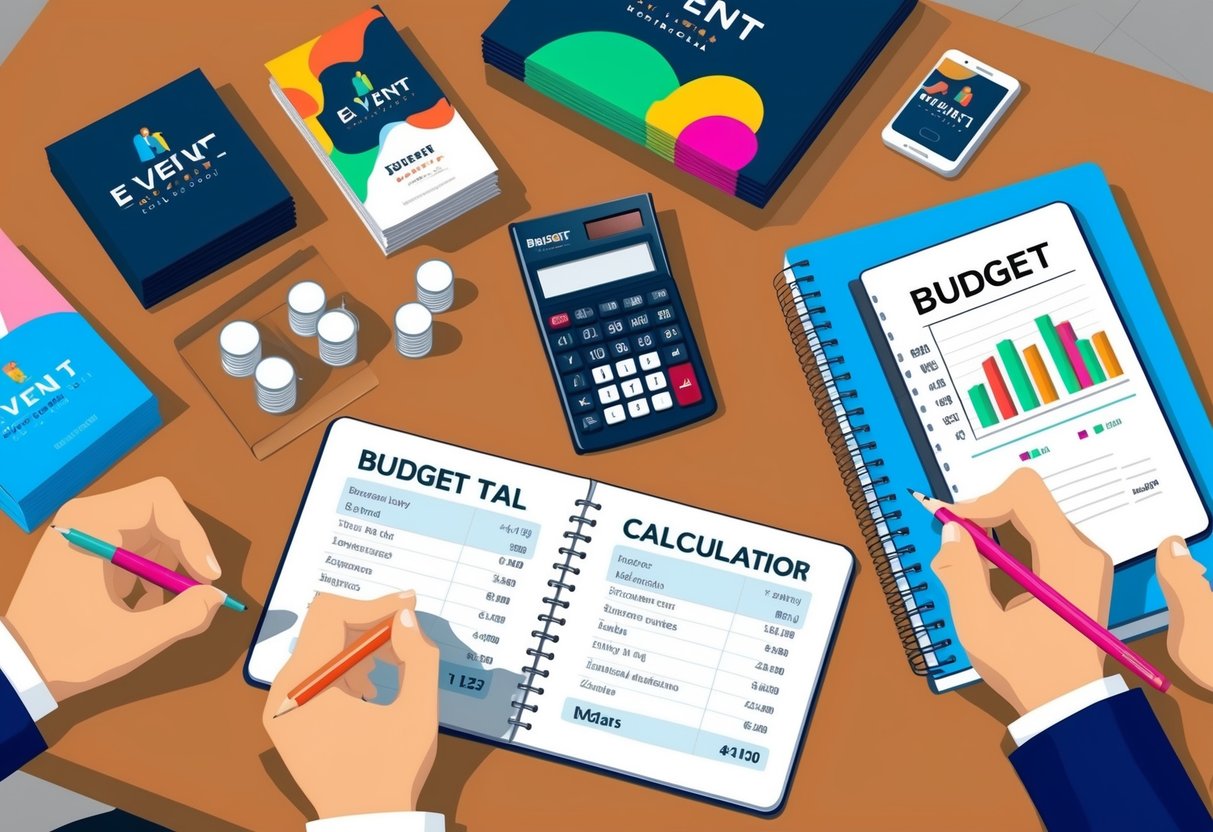
How companies manage swag for different events can really make a difference. These initiatives focus on trade shows and corporate gifting strategies to increase engagement and foster loyalty.
Swag for Trade Shows and Events
At trade shows, it is important to use eye-catching swag to draw visitors to your booth. Items like branded tote bags, water bottles, and tech gadgets work well.
These items not only attract attention but also offer practical use, keeping your brand in front of potential clients long after the event.
Budgets for these events should prioritize quality over quantity. Spending more on a few high-quality items can offer a better return on investment than buying a lot of cheaper stuff.
Special touches, like personalization, can also make a big impact.
Additionally, think about sustainable options. Eco-friendly items resonate well with many audiences today. This not only helps your brand stand out but also aligns your company with broader social values.
Corporate Gifting Strategy
Corporate gifting involves thoughtful planning to impress employees and clients. Personalized gifts like engraved pens or custom journals often work best. Including a handwritten note can add a special touch that makes the recipient feel valued.
Budgeting for corporate gifts requires a balance. Spend wisely by choosing gifts that offer lasting value.
For example, high-quality apparel or tech gadgets can be useful and long-lasting. Paying attention to the preferences of the recipients can make your gifts even more meaningful.
Employee swag is another important aspect. Items like branded hoodies or desk accessories can boost morale and foster a sense of belonging.
When it comes to customer appreciation gifts, quality matters. High-end items like leather folios or gourmet food baskets can leave a lasting impression.
Creative and Engaging Swag Ideas

Offering unique and environmentally friendly swag items can make events memorable and demonstrate a brand’s creativity and commitment to sustainability.
Innovative Design Ideas
Swag items with innovative designs can leave a lasting impression. Items like custom art prints, tech accessories, and interactive puzzles capture attention.
Unique items, such as custom enamel pins, reusable tote bags with personalized designs, or Bluetooth speakers with unique prints, stand out.
Adding a personal touch with custom artwork or themed designs related to the event or organization can create an emotional connection.
Another idea is to offer limited edition items, making them feel exclusive and desirable to recipients.
Eco-Friendly and Memorable Swag Options
Eco-friendly swag options resonate well with audiences who value sustainability. Items like reusable water bottles, bamboo utensils, and organic cotton clothing are both practical and show a commitment to the environment.
Biodegradable phone cases and seed paper products that grow into plants offer a creative twist. These items not only reduce waste but also encourage eco-friendly practices among recipients.
Choosing high-quality, useful items ensures that the swag stays relevant and memorable.
By focusing on innovative designs and eco-friendly materials, companies can create swag that is both engaging and responsible. This approach helps build a positive brand image and encourages sustainable practices among audiences.
Swag Marketing Across Business Quarters
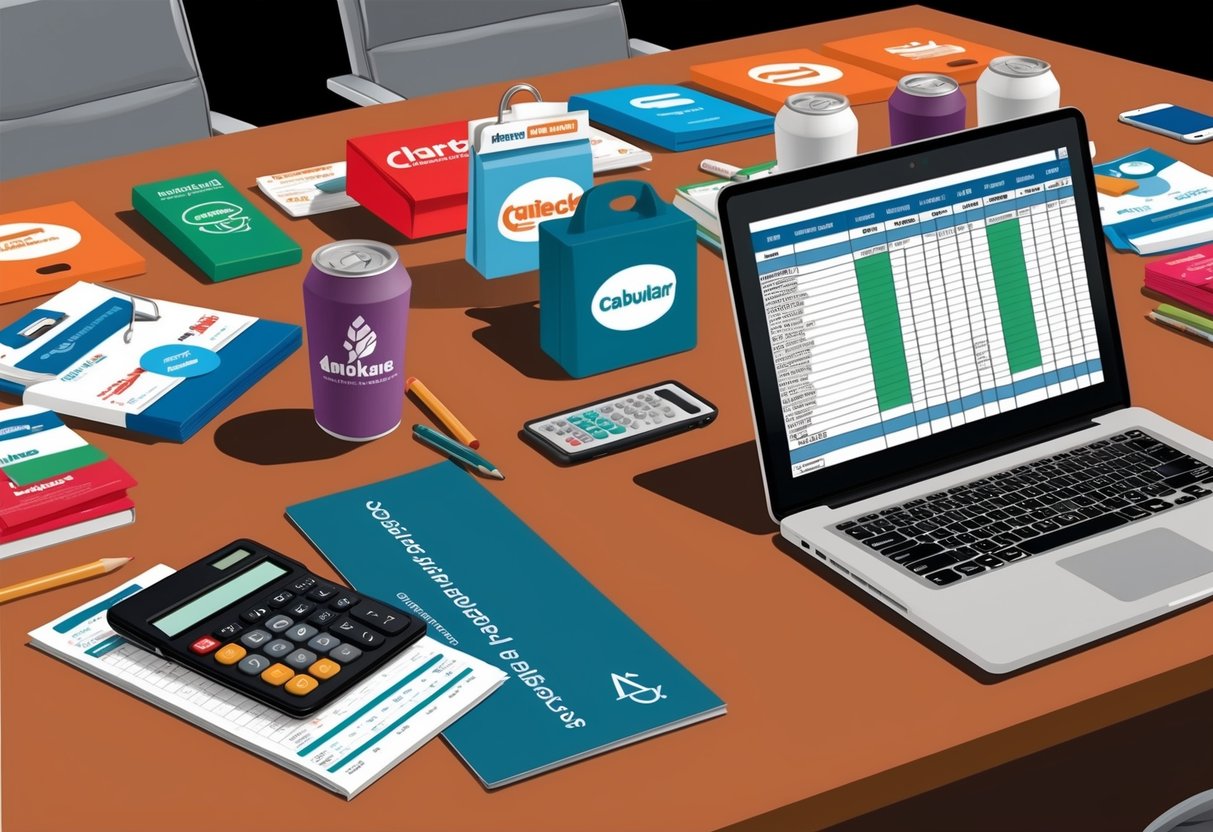
Swag marketing should be approached strategically to maximize impact across different quarters. By planning and adjusting swag campaigns, businesses can align them with sales and marketing goals.
Planning Quarterly Swag Campaigns
Planning swag campaigns for each quarter is critical. Start by identifying your marketing goals and target audience for the next three months. Create a calendar detailing key events and potential promotional opportunities.
For example, release branded swag items during product launches, trade shows, and holidays to boost visibility. Coordinate with other marketing activities for a cohesive campaign.
Kick off each quarter with a plan that includes:
- Goals: What do you aim to achieve, e.g., increasing brand awareness or driving sales?
- Budget: How much can you allocate for the swag?
- Distribution: How will the swag be distributed—at events, mailed to clients, or through online contests?
Strategically align swag items, such as custom bags, with these activities.
Adjusting Swag Budgets Based on Performance
Monitoring the performance of your swag campaigns throughout the quarter helps in making necessary adjustments. Track metrics like engagement, sales boosts, and brand mentions to gauge effectiveness.
For instance, if branded water bottles lead to higher engagement, consider reallocating funds to produce more of those items. Conversely, if certain swag doesn’t perform well, reduce its budget in the next quarter.
Utilize tools and analytics to gather data. Compare the cost of producing and distributing swag to the revenue or brand awareness generated.
This data-driven approach ensures that your swag budget is aligned with actionable insights.
Adjusting your budget also allows flexibility. If a campaign exceeds expectations, increase the allocation for similar future efforts. If it underperforms, reallocate those funds to potentially higher-impact activities.
Evolving Swag Strategies
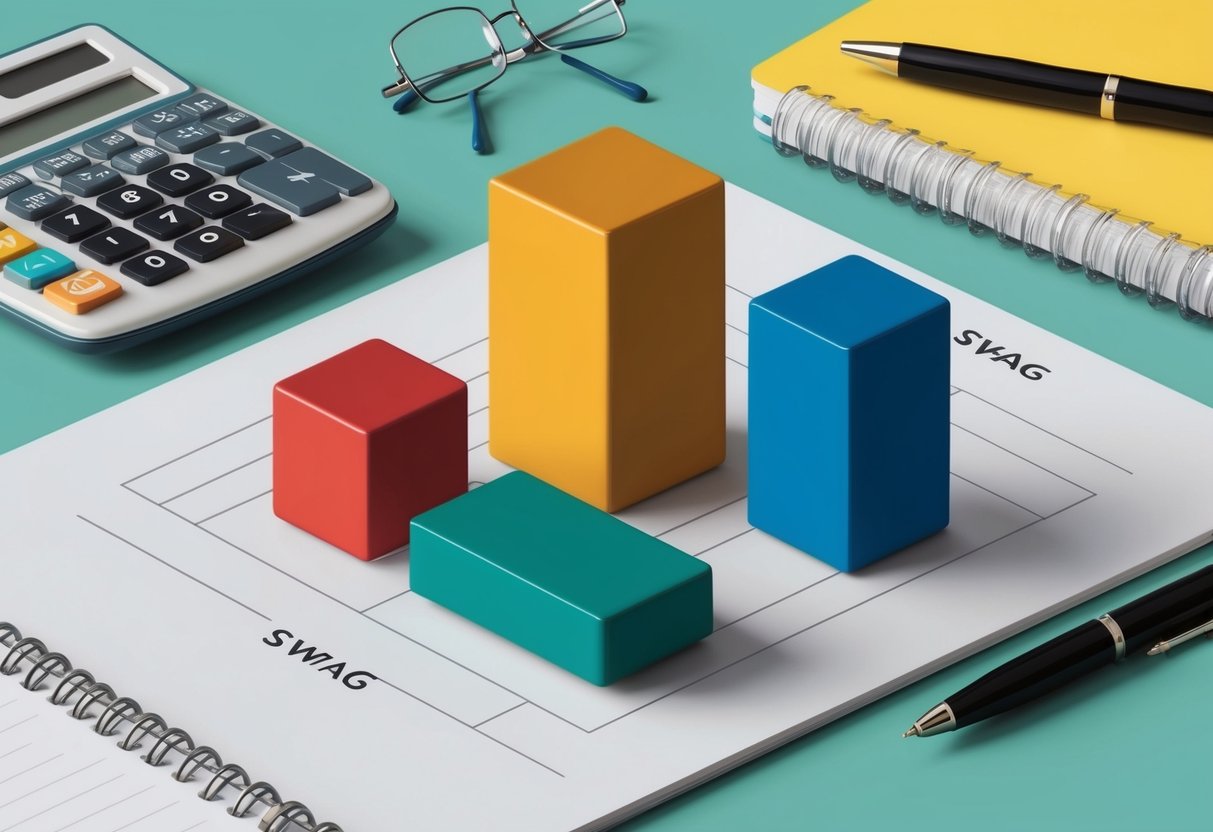
Adapting swag strategies is crucial for staying relevant in various promotional and marketing efforts. Focusing on feedback and market trends helps ensure that swag resonates with your audience and aligns with your branding objectives.
Incorporating Feedback into Swag Selection
Listening to customer and employee feedback is a key component in perfecting swag choices. Surveys and direct feedback forms can help gather insights into what types of items are appreciated.
Companies should be open to incorporating suggestions from their target audience to improve their promotional strategies.
Responding to feedback helps build stronger relationships and a positive brand image. It shows that the company values the opinions of its stakeholders.
For example, if customers express a preference for eco-friendly products, adapting the swag selection to include reusable bags or stainless steel water bottles can enhance brand loyalty.
Adapting to Market Trends
Keeping an eye on market trends ensures that swag remains appealing and relevant. This not only engages the target audience but also aligns with current marketing initiatives.
For instance, tech gadgets are popular, making items like branded USB drives or wireless chargers great choices.
Additionally, trends in sustainability can direct a company to include environmentally friendly products in their swag.
Tracking these trends can be done through industry reports, trade shows, and social media analytics.
Companies that swiftly adapt to these trends can stay ahead of competitors and demonstrate their commitment to innovation and modern consumer values.
Understanding both feedback and trends helps in creating a swag budget and selection that aligns perfectly with a brand’s marketing goals.
Frequently Asked Questions

Setting a swag budget involves various considerations to ensure successful promotional efforts. Explore key factors, effective fund allocation, and best practices for analyzing and adjusting your budget.
What factors should be considered when determining a budget for promotional items?
Several factors need to be considered when setting a budget for promotional items. These include the target audience, the type of event, and the overall marketing goals.
Companies should also consider the cost of production and shipping, along with any potential returns on investment.
How do you allocate funds effectively within a merchandise marketing budget?
Effective allocation of funds within a merchandise marketing budget requires prioritizing high-impact items. Companies should focus on products that align with their brand and resonate with their audience.
Allocating funds to a mix of high-quality and affordable items can ensure a balanced approach.
What are the steps to creating a comprehensive budget plan for corporate giveaways?
Creating a budget plan for corporate giveaways involves several steps. First, define the objectives and target audience. Next, research the costs of various swag items.
Then, set a realistic budget based on available resources. Finally, allocate specific amounts for each type of item and contingency funds for unforeseen expenses.
In what ways can previous promotional spending be analyzed to inform future swag budgeting?
Analyzing past promotional spending helps in setting future budgets. Companies can review which items were most popular and provided the best return on investment.
They can also assess any areas where overspending occurred. Historical data can guide decisions about which products to continue using and which to eliminate.
How should a company decide on the quantity and quality of swag items for marketing purposes?
Deciding on the quantity and quality of swag items depends on the event size and the target audience.
Companies need to strike a balance between providing enough items to meet demand and ensuring high quality to leave a lasting impression. Surveys and feedback from past events can help gauge preferences.
What are the best practices for adjusting your swag budget to align with your marketing goals?
Adjusting your swag budget to align with marketing goals involves continuous evaluation. Companies should regularly review their objectives and compare them with actual spending.
Flexible budgeting allows for adjustments based on the effectiveness of swag items. This enables companies to reallocate resources where they can achieve the most impact.



